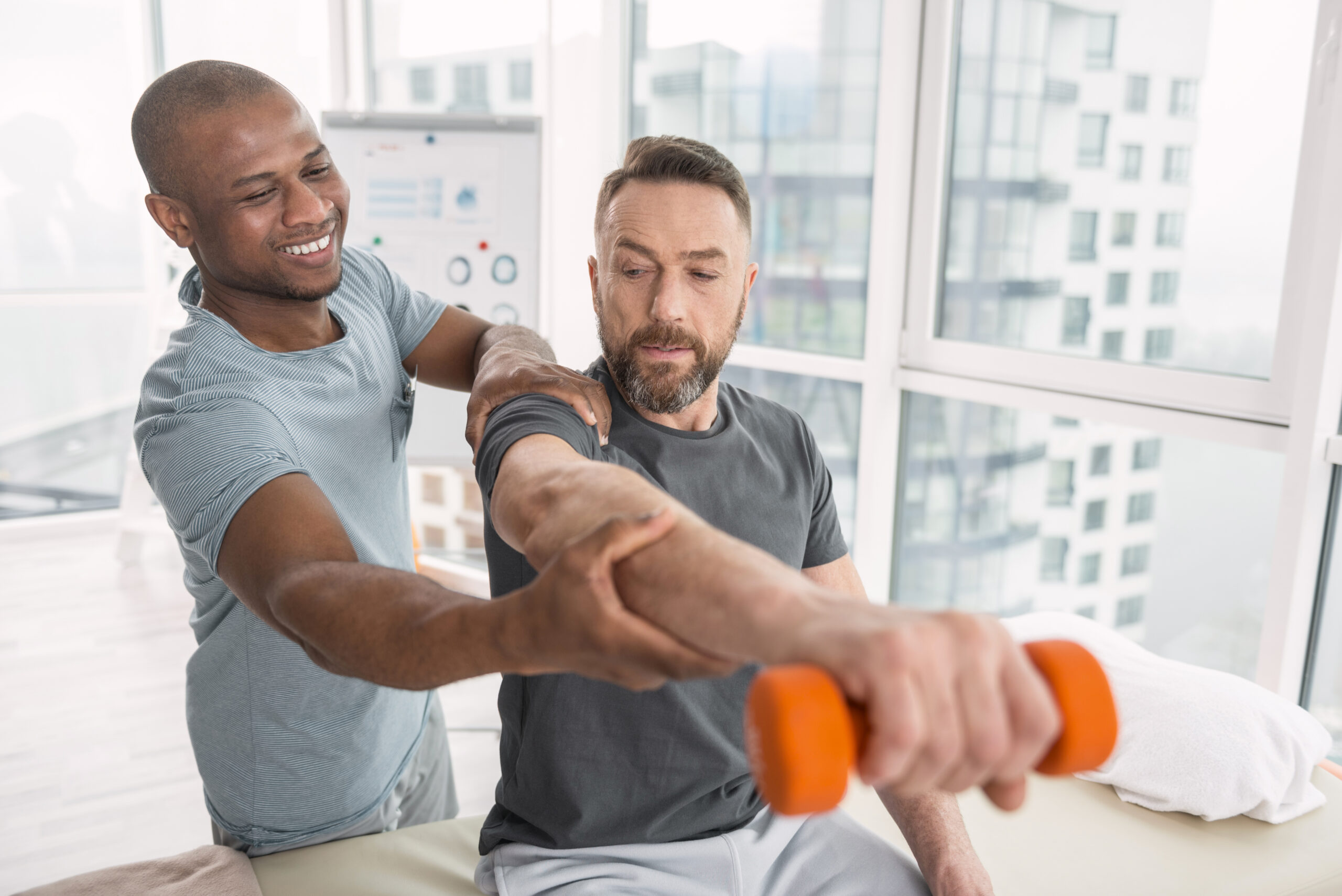Investigating the Collaborative Role of Physiotherapeutic Therapy in Improving Pain Management Approaches
Wiki Article

Physiological rehabilitation plays a crucial function in managing discomfort for numerous patients. Discomfort can arise from multiple issues, including traumas, surgeries, or chronic conditions. While drugs are often used to relieve pain, they may not always be the best option due to potential adverse effects or dependency concerns. This is where physical rehabilitation comes in as a supportive approach. By concentrating on mobility, strength, and agility, physical rehabilitation specialists help patients recover capability and diminish discomfort through targeted workouts and techniques.
One of the main methods physiological therapists use is workout treatment. This involves particular exercises designed to fortify muscles, enhance flexibility, and enhance overall bodily function. For instance, a client rehabilitating from leg operation may engage in workouts that gradually boost their range of motion and power. These workouts not only help in reducing pain but also avert future traumas by promoting better mobility patterns. Additionally, physiological rehabilitation specialists frequently tailor workout programs to satisfy the individual requirements of each patient, guaranteeing that they receive the best effective care possible.
Another crucial aspect of physiological rehabilitation is hands-on treatment. This physical method includes techniques such as massage, joint mobilization, and manipulation. Manual treatment can help relieve muscular tension, improve circulation, and reduce discomfort. For example, a therapist may use manipulation methods to reduce tension in the back, which can lead to significant pain relief. By tackling the root problems causing discomfort, manual therapy can improve the overall efficacy of discomfort control strategies.
Education is also a vital component of physiological rehabilitation. Physiological therapists take the time to educate patients about their conditions and the significance of keeping an engaged lifestyle. Comprehending the causes of pain and the benefits of bodily exercise can enable patients to take control of their health. Specialists frequently provide advice on proper body movements and alignment, which can help avert pain from returning. This informative component encourages a collaborative relationship between the therapist and the client, resulting to improved outcomes in pain management.
In summary, physiological rehabilitation serves as a valuable resource in improving discomfort management strategies. More Help By integrating workout therapy, manual methods, and client instruction, physical therapists tackle discomfort from multiple angles. This comprehensive method not only helps reduce existing pain but also equips patients with the knowledge and skills to control their well-being in the long run. As an increasing number of people seek options to drugs for pain relief, the role of physiological rehabilitation will continue to expand in importance, offering hope and enhanced standard of life for many.